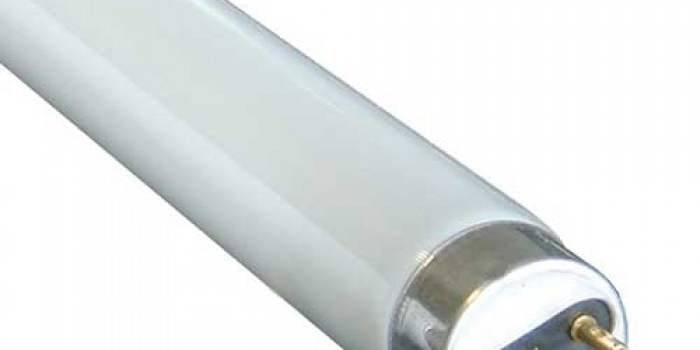
Lighting sensors – going beyond the bulb!
It is not just the simple act of changing the office lighting that could save you money. A well-managed and maintained office environment can also help lower hefty electricity bills.
There are various automated sensors that help control lighting and the introduction of these sensors around the office could help save you up to 40% on your office electricity bills.
Daylight sensors
These sensors help maximise the efficiency of your office lighting as well as keeping the light at a healthy level.
In a normal office the light switch is flicked on in the morning and then (maybe) switched off when the last person leaves at night.
However, during the summer months, lights may only be necessary very early and very late in the day. Daylight sensors aim to maximise the lighting efficiency potential of the building by exploiting the use of natural light. When their is sufficient daylight to illuminate the work space, the daylight sensor will will dim the the artificial lighting. During periods of dull natural light, for example at dusk, dawn or on cloudy days, the sensor boosts the artificial lighting within the office. These measures cannot only increase the efficiency of the lighting in the office, but can also introduce health benefits with the personification of a continuous, consistent brightness. The Lutron Daylight sensor is just one example of this; the tiny unit sitting on the roof dimming the lights in response to the amount of available daylight.
Occupancy/motion Sensors
Occupancy or motion sensor-enabled lighting is familiar to most people. These sensors help to maximise the efficiency of the office lighting, just like the daylight sensors. However, instead of turning off lights based on the amount of natural light entering the room, they work by judging actual office activity.
The motion sensors make sure that, even if lights are left on after the end of the working day, they switch off after a prolonged period of no activity. It has been said that around 85% of people who work in office blocks have left their desk lights on for over 24 hours. This obvious wastage is something that can be prevented with little effort and can lead to massive energy savings.
The importance of daylight and motion Sensors
These sensors not only help save money by reducing the amount of electricity used, but they also prolong the lifetime of each individual bulb. For example, if an office block installed lights with a lifetime of 12,000 hours, then this should, in theory, last around 4 years (12 hours per day – 250 working days per year). However, if the lights were left on overnight, without the use of any sensors to maintain efficiency, then they would last only around 2 years. This not only increases the electricity bill and maintenance expenses (purchasing of more bulbs) but also spreads distractions and disturbances, as there will be more maintenance men popping up and down ladders throughout the day.
What other changes can you make?
Besides changing the existing bulbs to LEDs (low energy and far longer lifespan) and installing lighting sensors, what else can be done in the workplace to lower your lighting electricity bills?
Maintenance
Besides switching lights off in order to save money, another, less obvious way of increasing the efficiency of your office lighting is to have a well-organised maintenance programme.
This includes regular cleaning of any lighting installations. Every lighting fixture can only operate at the highest efficiency if it is regularly cleaned through a rigorous maintenance programme. Many office lights, including pendant fluorescents, rely on reflection from an inner surface in order to be efficient. However, over time this surface may become dirty and no longer have the required reflecting properties that are required to maintain its high output performance. We recommend a cycle of cleaning at least once a year.
When to change the bulbs
Many office maintenance programmes only allow for the changing of a bulb when it blows. However, it has been proven that the most efficient way to go about the procedure is to swap all of the lights at scheduled intervals.
For example, if you buy and install a set of 20 bulbs for a particular room each with a estimated lifespan of 12,000 hours (CFL) then once the bulbs’ average lifetime is realised they should all be replaced regardless of whether they have blown or not.
Group replacement can help create a predictable cycle for your maintenance team, and means minimal disturbance for the rest of the workforce. Group re-lamping also means that bulbs are bought in bulk, which minimises the risk of different light properties, such as wattage, and also allows for savings to be made through bulk buying.












No Comments yet! Be the first one.